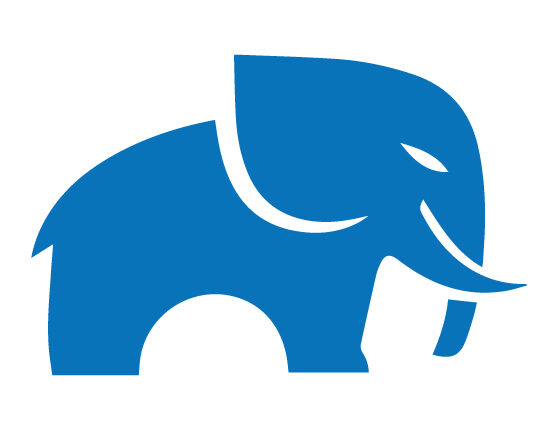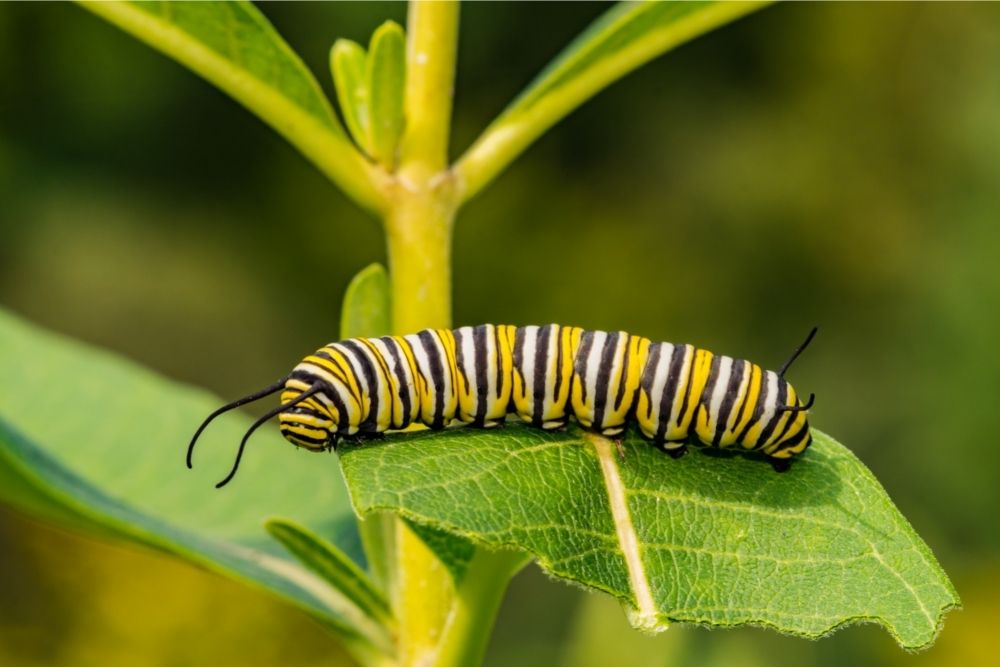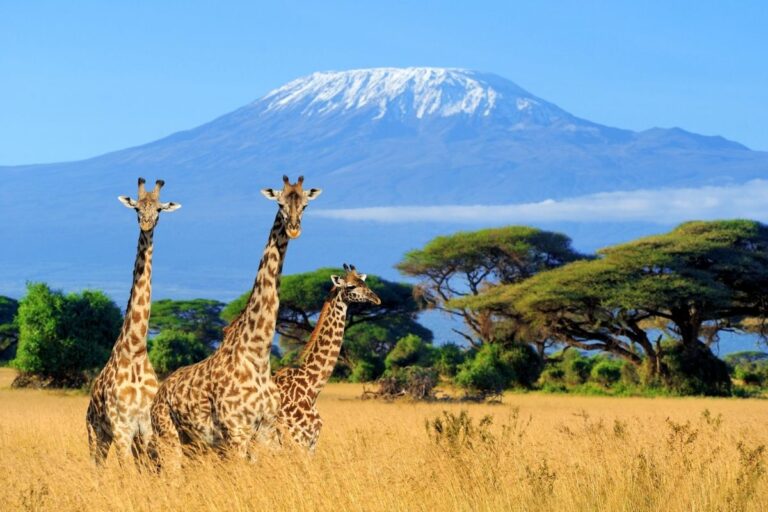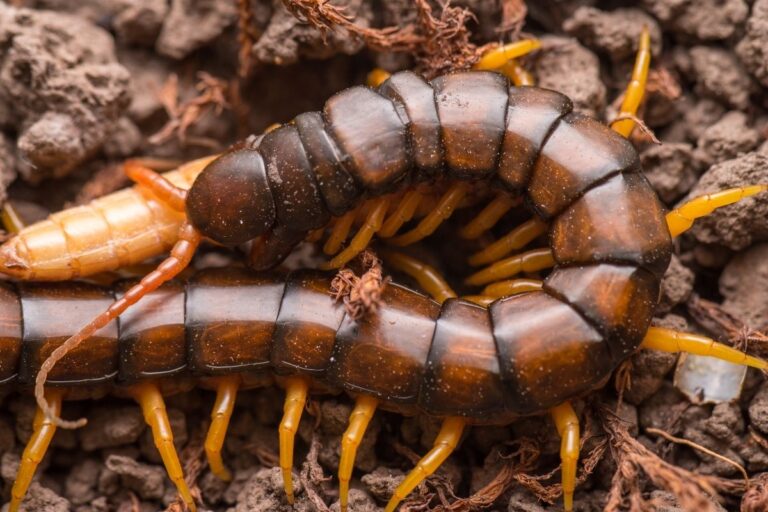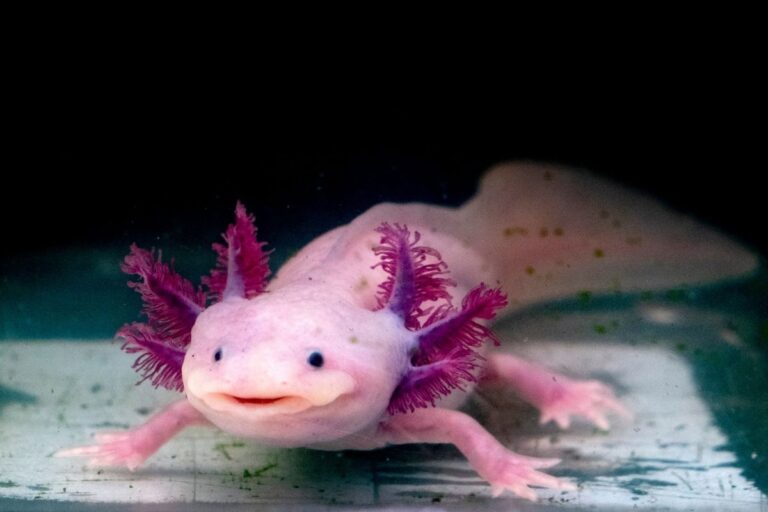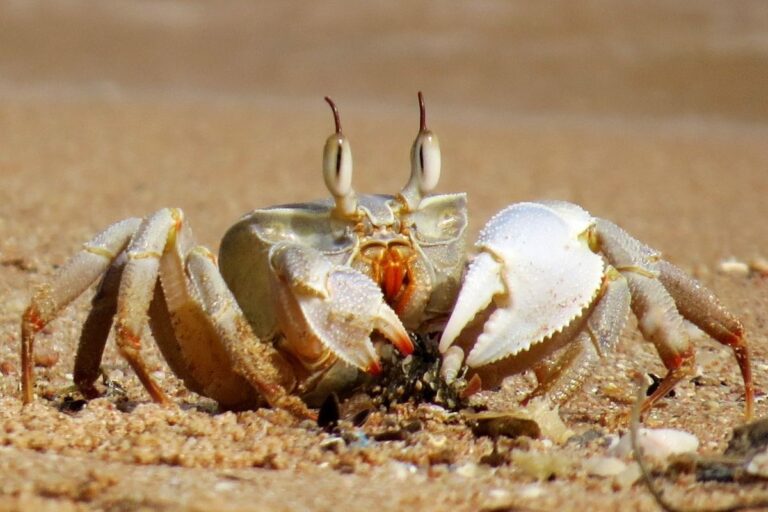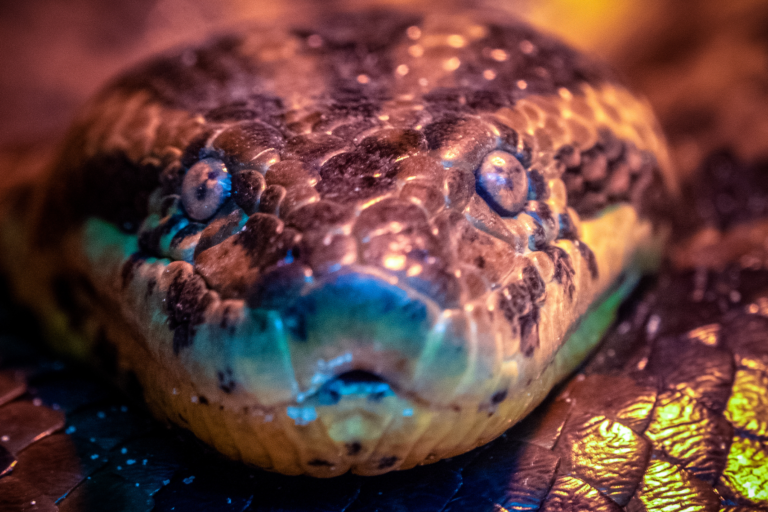What Do Caterpillars Eat?
Last Updated on February 18, 2022 by
Caterpillars are one of the most unusual insects on the planet. These creepy crawly masters of disguise can be found all across the world, and if books have taught us anything, it’s that these little guys have one hell of an appetite.
Caterpillars need to store up such high levels of protein that one of their only concerns in life is where that next, juicy meal is coming from.
But when hunger strikes, what do caterpillars like to feast on? So stick with us to learn more about the insatiable appetite of the humble caterpillar.
What Are Caterpillars?
Caterpillars are insects and the larva of a butterfly or moth. Caterpillars have a four-stage life cycle:
- Egg
- Larva
- Pupa
- Adult
The caterpillar is the second stage of its lifecycle. During the journey from egg to moth or butterfly, the caterpillar undergoes an incredible journey of metamorphosis.
All insects have three primary body parts, the head, thorax, and abdomen, and two antennae on their heads. The caterpillar’s antennae are sensory organs that are used to help them sniff out food sources.
The average caterpillar grows up to 7cm long and will often have longer, darker hairs on the side of its body and shorter hairs on the top.
Caterpillars are easy to identify from their long bodies and legs. Caterpillars have six ‘true’ legs and may also have many ‘false legs’ that look like stumps. These are called prolegs. These prolegs feature small hooks that help the caterpillar cling to its environment and move in a wave-like motion.
Amazingly, there are around 180,000 species of caterpillars! The appearance of each species can vary from its shape and colors to patterns and hairiness.
What Do Caterpillars Eat?
If you’re familiar with children’s fiction, the phrase ‘the very hungry caterpillar’ may spring to mind.
Although caterpillars don’t tend to snack on cherry pie and swiss cheese in their free time, their eating habits may surprise you.
Most caterpillar species are vegan and tend to stick strictly to plant-based food. However, the go-to meals of some species are, well, questionable. So, let’s take a look at some of the weirdest things caterpillars like to snack on.
Honeycomb
Sometimes, we all need a little something sweet to get us through the day. Some species,
like the wax worm, enjoy snacking on honeycomb.
The wax moth mainly flies at night and likes to target hives and cause new infestations. Wax moth caterpillars, or wax worms, are moderately active caterpillars that are plump and white to tan in color. They usually have black-tipped feet and tiny heads.
In the wild, wax worms are considered parasites. These caterpillars infest beehives and drench the combs with silk tunnels so they can feed on the beeswax. Most wax worms and moths target hives that are diseases or have a declining honey bee colony.
Lichen and Moss
Lichen and moss are also popular snacks for the hungry caterpillar. In most cases, the host plants don’t even need to be alive, as many caterpillars will enjoy feasting on dead leaves.
Lichens or algae are particularly favored by species like footman moths, which are incredibly common in the UK. If you want to spot the cunning caterpillar feasting on your lichen, you may be in for a challenge. Some lichen munching caterpillars are so well camouflaged that they can be impossible to spot!
Moss-loving caterpillars tend to be easier to spot, but some can still blend well with their environments.
Animal Waste
Caterpillars are sometimes known as nature’s cleaners. As disgusting as it may seem, caterpillars are also big fans of animal waste. Although over 90% of caterpillars are herbivores, a small percentage are carnivorous and enjoy eating other animals, such as ants, flies, and spiders.
Carnivorous caterpillars will often trap prey in a silk tunnel trap and feast on them afterward. The palette of some caterpillars is more varied, with many willing to happily feast on the remains of dead birds and mice. The skin moth is one species that has a particular taste for animal droppings, carcasses, and owl pellets.
Ants
Although some caterpillars enjoy feasting on ants, the relationship between these two insects is more complex than first meets the eye.
While many caterpillars enjoy eating ants, others use them as babysitters. Yes, you heard us right.
Large blue caterpillars enjoy mimicking the sounds of ant larvae and releasing chemicals that trick the ants into thinking the caterpillar is one of its children. As a result, the ants will carry the caterpillar back to its nest.
Aside from using the ants for free childcare, some caterpillars have such a taste for ants that their appetite has the power to wipe out whole colonies.
However, the caterpillar’s voracious appetite for ants doesn’t come without risks. Species like the large blue risk death if they target a nest with a queen ant. If the caterpillar picks a nest with limited food resources, its chances of survival also decrease dramatically.
Flowers
Many caterpillars enjoy munching on flowers, staying true to their vegan roots. Some species don’t just stop at flowers, either. Many will move on to devour seeds, buds, and blooms, too.
Many young caterpillars begin feasting on Wild Thyme and Marjoram, but most species will eat any flowers and leaves, including oak leaves, cherry leaves, willow leaves, and apple leaves.
Twigs and Bark
Not all species can eat twigs and bark, but twigs and bark are a favorite for those that require less moisture to survive. The lunar hornet moth caterpillar will create holes in living wood and continue to feed on the tree for around two years before becoming moths!
Grass
Unsurprisingly, the grass is also a favorite, easy-to-find snack for most species of caterpillars. Wild grasses attract an abundance of caterpillars, which is a great excuse to let your garden overgrow and run wild.
Species such as the Meadow Brown and the Gatekeeper gain a particularly generous amount of nutrition from wild grasses
Did You Know?
Researchers recently discovered that some caterpillars could chew and digest plastic! This could make them a powerful weapon in the war against plastic pollution.
Scientists discovered that the larvae of the greater wax moth were particularly effective at chewing through polyethylene, which is one of the most commonly produced plastics in the world.
Final Thoughts
We’re pretty certain that you now know everything there is to know about what caterpillars eat. We also hope that you’ve picked up some interesting facts along the way!
